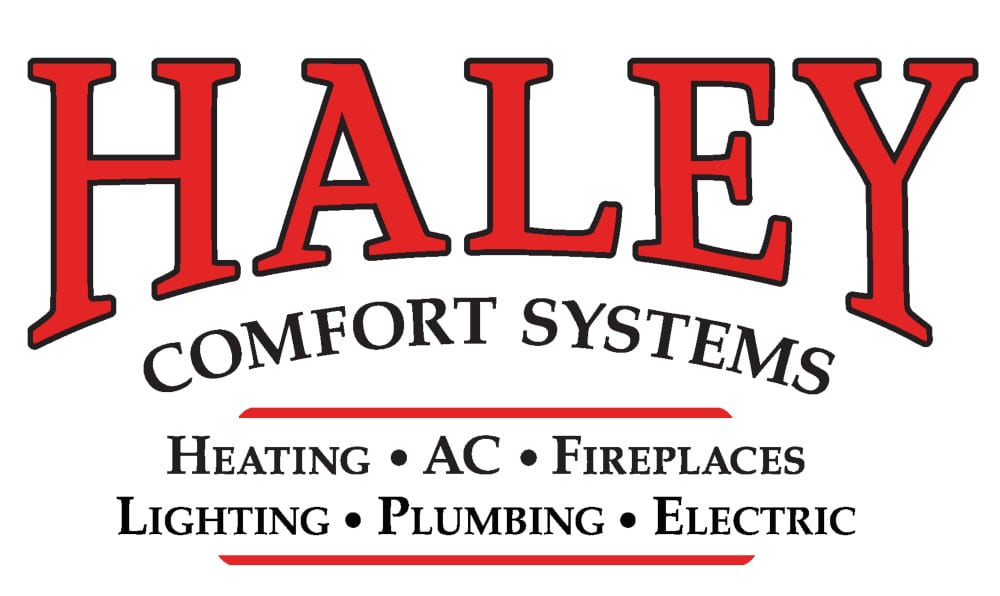Being able to perform some basic maintenance and troubleshooting on your home furnace can be a great way for a homeowner to save some money. It is not uncommon for simple problems to cause reduced functionality or cause a furnace to stop working. In these situations it can be rather costly for the homeowner to get the service of a professional technician even if it is a simple maintenance call. With a little bit of effort a homeowner can perform basic troubleshooting and save themselves money on the upkeep of their home.
1. Check your thermostat
Before you get too deep into troubleshooting your furnace you will want to take the basic step of determining whether you can achieve basic functionality at the thermostat. First you want to check to make sure that the thermostat is set to heat and that temperature setting is higher than the current temperature inside the home. You will also want to check to make sure that the fan is working properly by switching the fan to the on position.
2. Check the power supply
Before moving on to troubleshooting the furnace itself, you will want to make sure that there is electricity to the furnace. Check to make sure that the breaker or fuse that supplies the heater is working. Sometimes a fuse can blow or a breaker can trip as the result of a power outage or a power surge. In the case of a breaker it will simply require you to turn it back to the on position, for a fuse the likely remedy is to replace the fuse. If it is a tripped breaker or a blown fuse, you may want to leave the circuit turned off and take a look at the electrical connections in the furnace. Check to make sure all of the connections are secure and that you do not have any shorts that could be causing a fault in the circuit.
3. Check the pilot light
Gas furnaces achieve ignition through two basic methods. Some use an electric ignition that starts when the heater activates and some use a standing pilot flame that is constantly lit. If the pilot flame goes out that will make it so the burners on the furnace are unable to ignite and provide heat to the system. If the furnace has an electronic pilot light that fails to ignite the burners, the problem could be with the gas supply or the control board.
4. Test any maintenance or repair you perform
After you have performed basic furnace troubleshooting or maintenance it is important to observe the unit in operation to be certain that it is functioning properly. Set the furnace to run for a cycle and observe its operation. Check the temperature of the air from the furnace, listen to make sure the igniter engages and listen to hear if the burners ignite. Also listen to hear if the fan comes on and if it shuts-off on the proper delay. The fan should run for approximately 1-2 minutes after the burners shut-off. If the fan fails to start or shut-off correctly, there may be a problem with the fan control.
These are some basic furnace troubleshooting tips that can be performed by most homeowners. Many of the remedies to the simple problems you will find during the troubleshooting process can be found in the manual for your furnace. It is important to understand your own limitations before you try to perform any repair or engage in any troubleshooting. Many problems can be assessed and possibly corrected by the homeowner in the troubleshooting process, but for complex repairs and service it is recommended that you seek the service of a professional.
